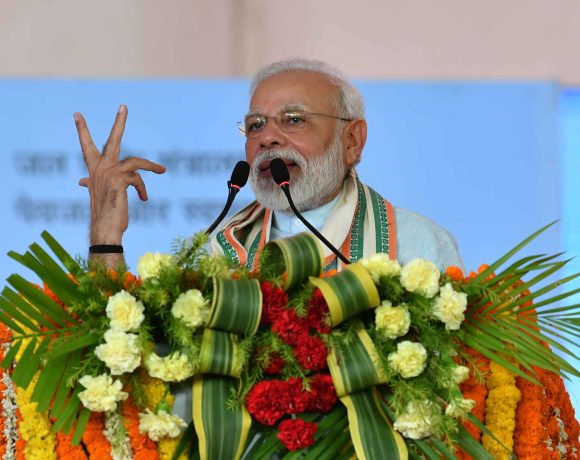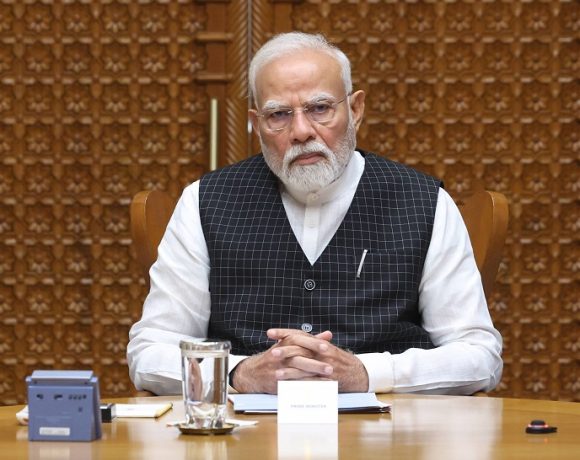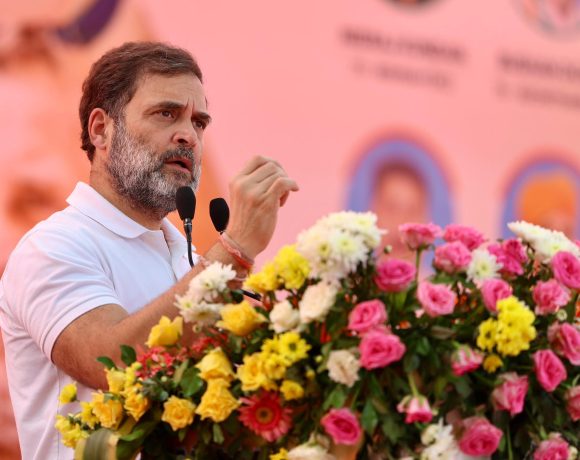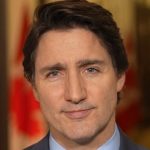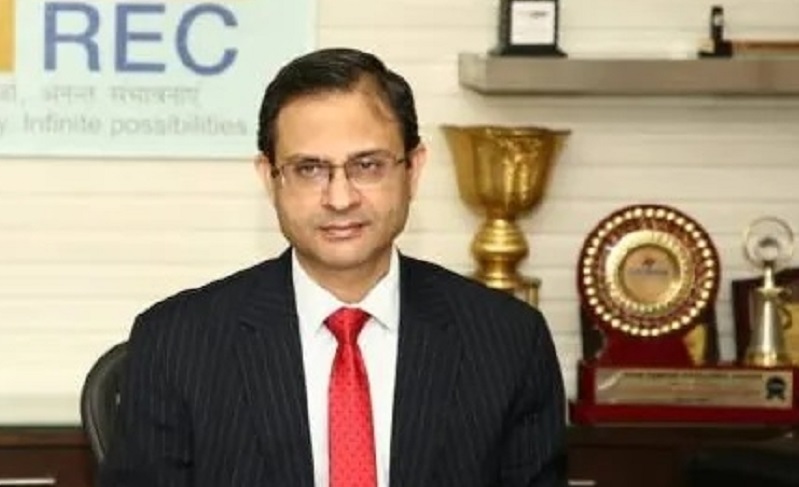
RBI Governor Advocates for Rate Cut Amid Easing Inflation
In the latest Monetary Policy Committee (MPC) meeting, Reserve Bank of India (RBI) Governor Sanjay Malhotra emphasized that the current macroeconomic conditions and the anticipated alignment of inflation with target levels make it an “appropriate time” for a rate cut. He highlighted that monetary easing, combined with agricultural growth and recent budgetary measures, is expected to stimulate household consumption, housing investments, and capital expenditure, thereby strengthening overall demand.
Unanimous Decision Reflects Growth Concerns
The MPC meeting, which introduced two new RBI members, resulted in a unanimous vote for a 25 basis point reduction in the repo rate, bringing it down to 6.25%. This decision marks the first rate cut in five years and comes in response to concerns over slowing economic growth and consumption. Finance ministry officials noted that the recent budget, which unveiled significant tax relief for the middle class while adhering to fiscal consolidation, provided “comfort to the monetary authority,” supporting the case for monetary easing.
Balancing Flexibility Amid Global Uncertainties
While advocating for the rate cut, Governor Malhotra stressed the importance of maintaining flexibility in monetary policy. He pointed out that uncertainties in global financial markets, potential adverse weather events, and trade policy developments pose risks to both inflation and growth outlooks. Therefore, he voted to continue with a neutral stance in monetary policy to retain the ability to respond to evolving macroeconomic conditions.
Diverse Perspectives Within the MPC
Deputy Governor M. Rajeshwar Rao, in his inaugural MPC meeting, supported the rate reduction, stating that with inflation aligning towards the 4% target, there is increased capacity to address growth concerns through a reduction in the policy repo rate. Similarly, RBI member Rajiv Ranjan noted that, given the inflation outlook and recent government measures to boost consumption, it is time to prioritize growth in policy decisions. External member Nagesh Kumar suggested a more aggressive approach, advocating for a 50 basis point cut to signal to markets and investors that India is committed to reviving economic momentum.
Conclusion
The RBI’s decision to reduce the repo rate reflects a strategic move to balance inflation control with the need to stimulate economic growth. By adopting a cautious yet proactive approach, the central bank aims to navigate domestic and global challenges, ensuring monetary policy remains responsive to the nation’s evolving economic landscape.


